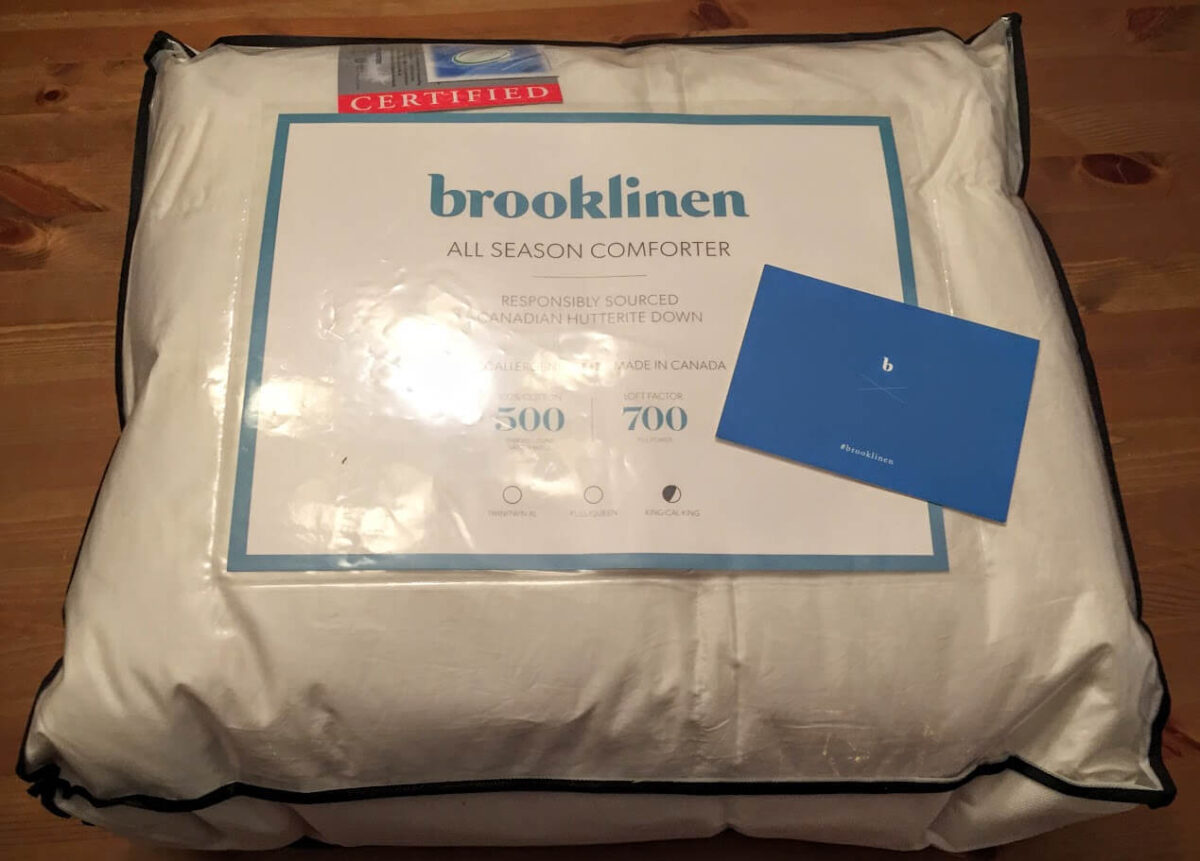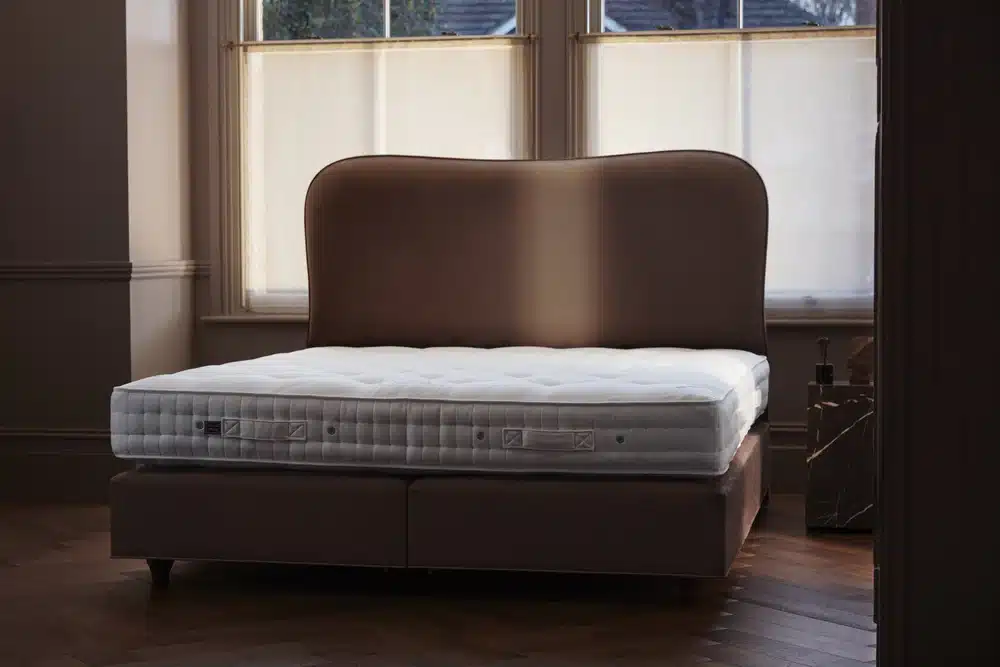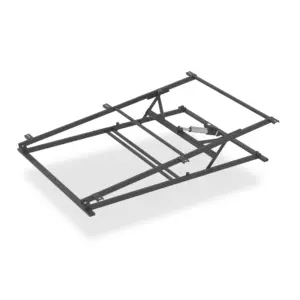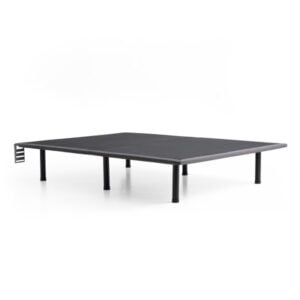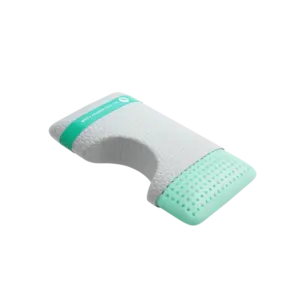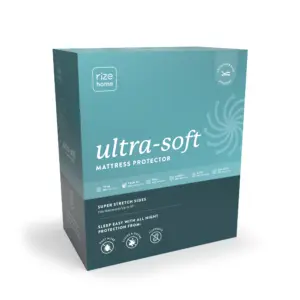Diagnosing Delayed Sleep Phase: Essential and Effective Guide
Understanding Delayed Sleep Phase Disorder: Your Sleep Schedule’s Nemesis
Struggling to fall asleep at a reasonable hour, only to wake up groggy and unprepared for the day? You might be facing Delayed Sleep Phase Disorder (DSPS), a condition that disrupts your circadian rhythm—your body’s internal clock regulating sleep. Rather than feeling drowsy around 10 p.m., those with DSPS often find themselves wide awake until the early hours of the morning. Consequently, the challenge of rising for early commitments can seem insurmountable, leaving you exhausted and unproductive.
Symptoms of Delayed Sleep Phase Disorder
Identifying the symptoms of DSPS is crucial in seeking appropriate help. Here are the main indicators:
– Daytime Sleepiness: Extreme fatigue can make it challenging to focus and perform daily tasks effectively.
– Mood Changes: Individuals with DSPS often report mood swings, irritability, and feelings of anxiety or depression, with some studies highlighting connections to mental health issues like ADHD.
– Difficulty Waking Up: Waking up becomes a monumental task, often leading to chronic tardiness and negatively impacting job performance and personal responsibilities.
Recognizing these symptoms is the first step towards regaining control of your sleep patterns. If you find these signs familiar, it may be wise to consult a healthcare professional for a proper Delayed Sleep Phase Disorder test.
Diagnosing Delayed Sleep Phase Disorder
Sleep Diary and Actigraphy
The diagnosis of DSPS typically starts with a sleep diary. This involves diligently recording your sleep habits over a period of several weeks. Document when you go to bed, when you wake up, and note any disturbances throughout the night. This self-tracking offers invaluable insights into your unique sleep-wake cycle.
Complementing the sleep diary, actigraphy involves wearing a small device on your wrist to monitor movements and light exposure. This information helps paint a comprehensive picture of your sleep patterns over 7 to 14 days, assisting in an accurate diagnosis.
Polysomnography and Multiple Sleep Latency Test
If further investigation is necessary, a healthcare provider might recommend polysomnography (PSG), a thorough overnight sleep study conducted in a specialized lab. This test observes brain activity, heart rates, oxygen levels, eye movements, and breathing functions throughout the night, helping to rule out complications such as sleep apnea.
Following a PSG, a Multiple Sleep Latency Test (MSLT) may be performed. This test measures how quickly you fall asleep during the day, helping to differentiate DSPS from other sleep disorders characterized by excessive daytime sleepiness.
Dim Light Melatonin Testing
Dim Light Melatonin Onset (DLMO) testing is another diagnostic tool that measures melatonin levels in dim light conditions. Melatonin, a hormone that regulates sleep, is crucial for understanding your circadian rhythm. Assessing its release timing can provide additional insights into your sleep patterns, contributing to a comprehensive diagnosis of DSPS.
Treatment Options for Delayed Sleep Phase Disorder
Light Therapy
Light therapy is a well-recognized treatment for DSPS. Utilizing a specialized light box that mimics natural sunlight, you can reset your internal clock. Aim for about 30 minutes of exposure each morning upon waking. Alternatively, spending time outdoors during this period can also help realign your sleep pattern.
Melatonin Supplements
Melatonin supplements may assist individuals in adjusting their circadian rhythm. Taking melatonin about four hours before your intended bedtime (typically between 0.5 to 1 mg) can promote earlier sleep onset. Always consult a healthcare professional before starting any supplementation to identify a reputable brand and suitable dosage.
Chronotherapy and Sleep Hygiene
Chronotherapy involves gradually shifting your sleep schedule. For instance, if you typically sleep at 2 a.m., try moving your bedtime earlier by 15 minutes every few days until you reach your target sleep time. Coupled with good sleep hygiene practices—such as maintaining a consistent bedtime and creating a comfortable sleep environment—this method can effectively help manage DSPS.
Frequently Asked Questions about Delayed Sleep Phase Disorder
How do you diagnose Delayed Sleep Phase Disorder?
Diagnosing DSPS typically incorporates various approaches:
– Actigraphy: A wrist-worn device that tracks sleep and wake patterns.
– Sleep Diary: A daily log that highlights your sleep habits.
– Polysomnography: An overnight sleep study that monitors various physiological parameters.
– DLMO Testing: Evaluates melatonin levels to examine circadian rhythm alignment.
Can Delayed Sleep Phase Syndrome be cured?
While there is no outright cure for DSPS, effective management strategies do exist. Treatment options—like light therapy, melatonin supplementation, chronotherapy, and sound sleep hygiene—can significantly enhance sleep quality and help restore a regular sleep schedule.
Is Delayed Sleep Phase Syndrome considered a disability?
Under specific circumstances, DSPS can qualify as a disability. If symptoms severely hinder your daily functioning or work performance, it may fall under the Americans with Disabilities Act (ADA). Accommodations such as flexible job hours might be an avenue to explore.
Conclusion
At Yawnder, we understand the struggles associated with Delayed Sleep Phase Disorder. Our mission is to help individuals achieve restorative sleep through tailored evaluations and treatment plans. We offer a range of sleep products—from light therapy devices to melatonin supplements—designed to meet your unique sleep needs.
Our dedicated team of sleep specialists is ready to assist you on your journey toward improved sleep quality and overall well-being. If you’re grappling with sleep challenges and seek professional guidance, don’t hesitate to reach out. Take the first step toward better sleep and revitalization with Yawnder today, and discover how we can help you rest easy and wake up energized.



